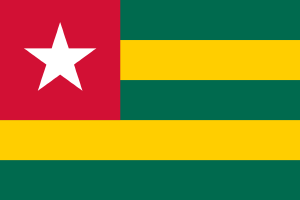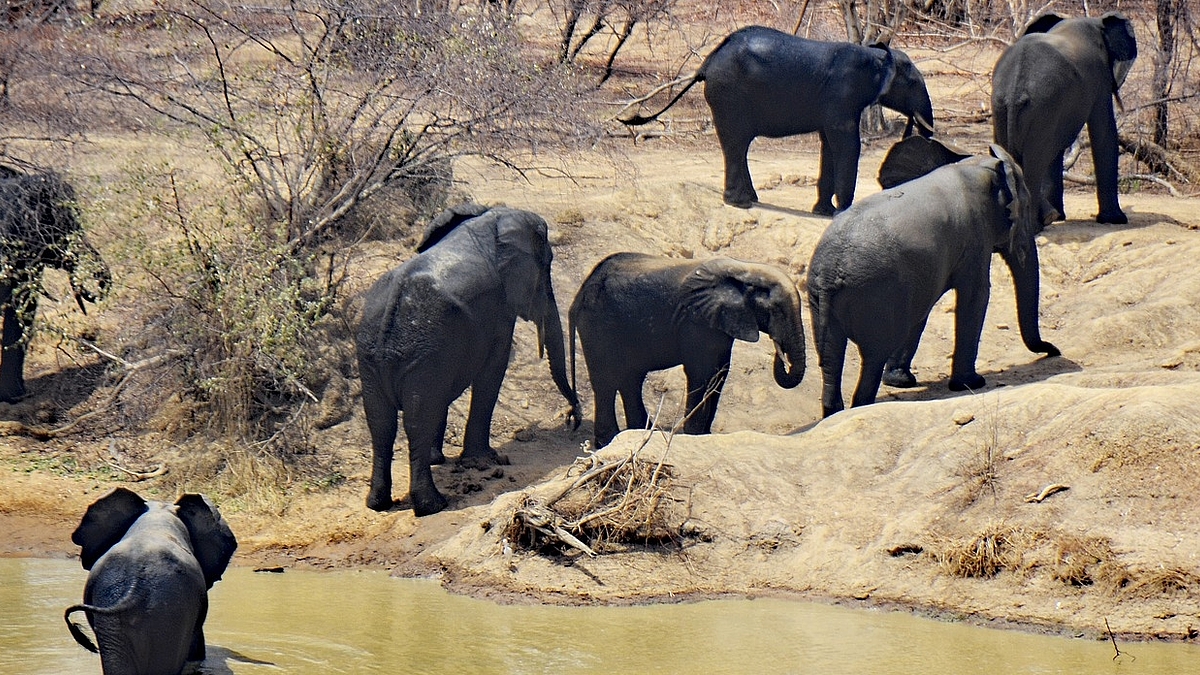
Country Profile
Area: 56.790 km²
Capital: Lomé
Population: 7.351.374 (2015)
Official Language: French
GDP per capita: $1.500 (2014), $1.400 USD (2013)
Growth Rate of GDP: 5,6 % (2014) 5,1 % (2013) 5,9% (2012)
Inflation: 1,1 % (2014) 1,8 % (2013)
Currency: Franc CFA
Political system: Republic under transition to multiparty democratic rule
Government system: semi-presidential
Constitution: adopted 1992/ amended 2002
Chief of State and Head of Government: President Faure Gnassingbé (since April 2005)
Legislative: National Assembly, composed of 81 seats renewed every 5 years
Executive: President of the Republic (mandate for five years)/ Government: Prime minister: Arthème Séléagodji Kwesi Ahoomey Zunu
Judiciary: Supreme Court, High Court of Justice
Institutions of the Republic: Constitutional Court, Court of Audit, National Commission of Human Rights, High Authority of Audio-visual and Communication (HAAC)
The Togolese Republic is member of the West African Economic and Monetary Union (UEMOA), the Economic Community of West African States (ECOWAS), and the Community of Sahel-Saharan States (CEN-SAD)
Source: CIA World Factbook
Political Context
After being a German protectorate from 1884 till 1914, the so called Togoland, future Togo, was divided between British and French forces. This division led to the coalition of the Western part of Togoland with the “Gold Coast”, future Ghana in 1956. The Eastern part, an autonomous republic under French rule, regained independence on the 27th of April 1960. Sylvanus Olympio became the first president of Togo. Several coups d’état led by the wing commander Etienne Gnassingbé Eyadema turned the country in an authoritarian one-party state. Eyadema assumed presidency in 1967, followed by a rather stable political period. In the late 80s though, the incumbent’s position became highly contested. To cope with the pressure, he declared the “Third Republic” and enacted democratic reforms enabling multi-party elections. Nevertheless, it was only Eyadema’s death in 2005 which ended his 38 years of presidency. The military’s subsequent installation of Eyadema’s son Faure Gnassingbé as new president provoked violent demonstrations. These manifestations combined with international pressure, led to presidential elections two months later, which confirmed Gnassingbé in presidency. Due to electoral irregularities, the outcome was highly contested. Protests and demonstrations were brought down violently by the military and the police, leading to the death of several hundred people. In 2007, credible parliamentary elections allowed a pacification of the situation, also leading to the restoration of international aid, which had been extremely limited during 15 years. The presidential elections in 2010 reconfirmed Gnassingbé in office. Furthermore, they led to a coalition with Union of Forces of Change (UFC), the main opponent of the ruling party Rally of the Togolese People (RPT). The UFC’s president Gilchrist Olympio, son of Sylvanus Olympio, got highly criticized for signing the UFC’s participation in the government. As a result, the UFC split up into two, with its presidential candidate Jean-Pierre Fabre forming a new party called National Alliance for Change (ANC). Despite this division of the opposition into a moderate and a radical wing, an alliance of oppositional forces and civic groups kept demonstrating peacefully. The recent presidential elections held in April 2015 resulted in Gnassingbé assuming his third term in office with 58,77% of the votes.

